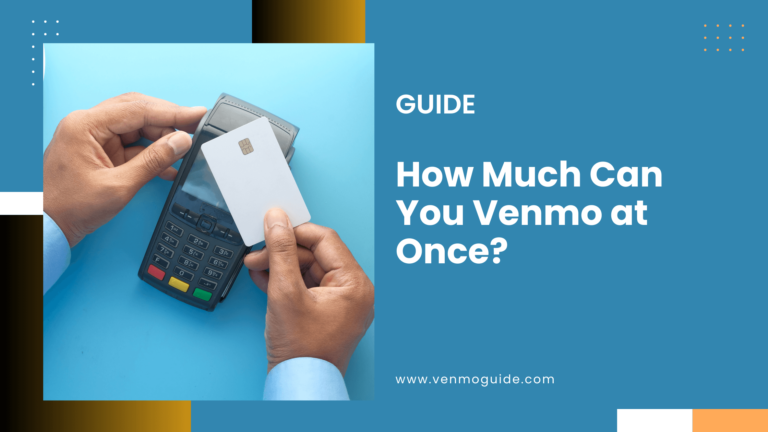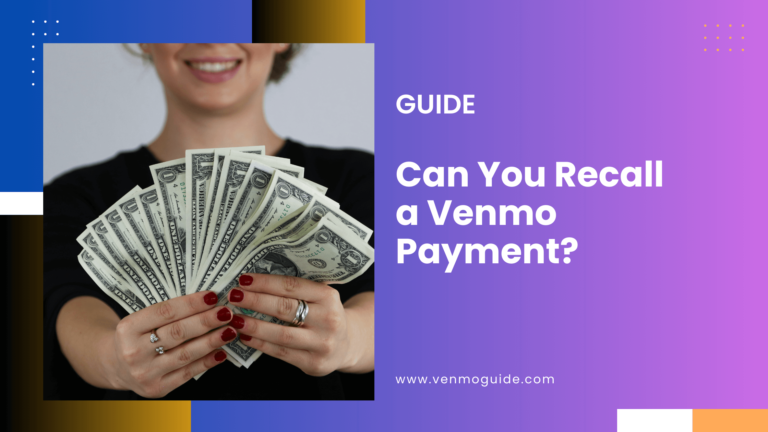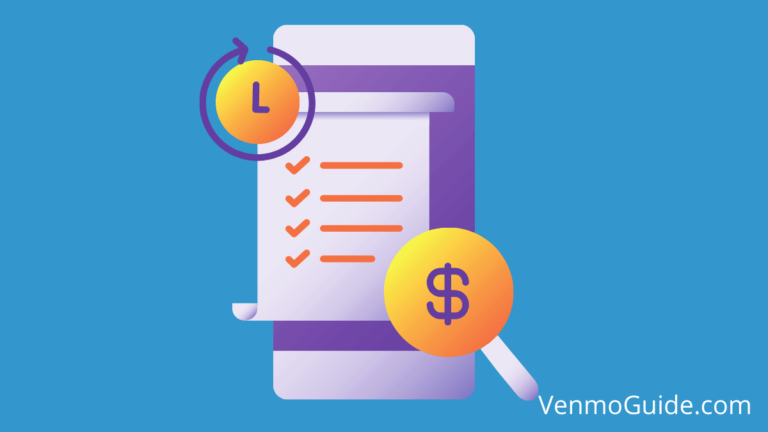Amazon No Longer Accepting Venmo: Step-by-Step Guide
Does Amazon Accept Venmo Payments? No, Amazon no longer accepts Venmo as a payment option for purchases. Alternatively,…
Venmo is a peer-to-peer payment app that allows you to easily send, spend, save, and invest your money. Here’s everything you need to know about Venmo.

Does Amazon Accept Venmo Payments? No, Amazon no longer accepts Venmo as a payment option for purchases. Alternatively,…

The maximum amount you can send through Venmo at once depends on your account verification status:
Unverified Accounts: Up to $299.99 per week.
Verified Accounts: Up to $4,999.99 per week for person-to-person payments. For purchases with authorized merchants, you can spend up to $6,999.99 per week.
To increase your limit, complete Venmo’s identity verification process.

No, Venmo does not tax payments between friends if the transactions are personal, like splitting bills or sharing…

Can I Use Venmo Without a Phone Number? Yes, you can use Venmo without a Phone number for…

No, Venmo does not allow you to recall or cancel a payment once it’s been sent. Payments made to an existing Venmo account are immediate and cannot be reversed. If you sent money to the wrong person, you can request that they return it. For further help, contact Venmo support.

So, you wanna see who views your profile or Does Venmo Show Profile Views? Well, it doesn’t show…

Can you Delete Venmo History? No, Venmo doesn’t allow you to delete and clear your history. You can…

If a Venmo transaction is not going through on the recipient’s end, it could be due to several reasons:
Insufficient Funds: The sender may lack sufficient funds in their Venmo balance or linked bank account.
Incorrect Details: The recipient’s username, phone number, or email may be incorrect.
Account Issues: The recipient’s account might be temporarily frozen or restricted.
Network or App Issues: Network connectivity problems or app glitches can cause delays.
Fraud Prevention: Venmo may block the transaction due to suspected fraudulent activity.
Check all details and try again, or contact Venmo support for assistance.

Uber’s Instant Cash Out feature allows drivers to instantly transfer their earnings to a linked debit card or…

Amazon stopped accepting Venmo transfers as a payment method on January 10, 2024. Although Amazon did not provide a specific reason, it may be due to concerns about fraud, chargebacks, scams, and the inability to cancel Venmo payments once made. Amazon still accepts Venmo credit and debit cards.